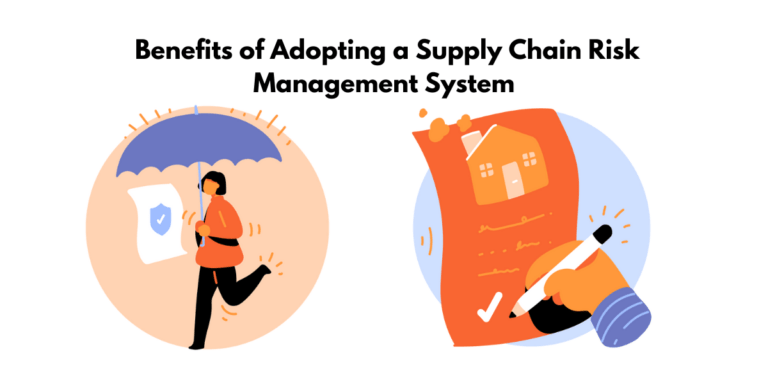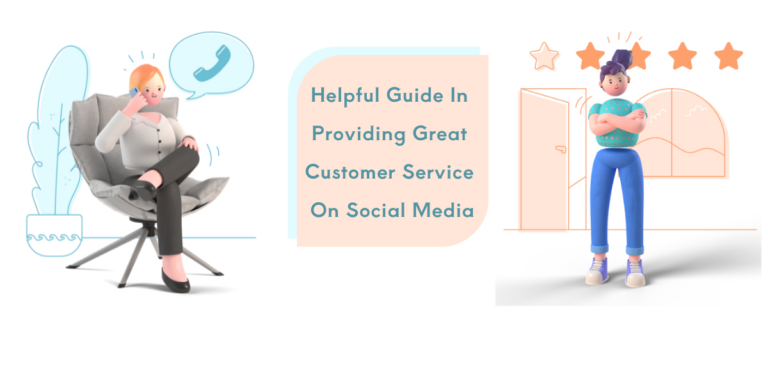E-commerce Websites: How To Build A Successful Online Business
That’s right, e-commerce is a big deal, and more and more people are starting an e-business. This article will use some tips on building a successful e-commerce website. This includes choosing the right platform to design your site for conversions. So whether you’re just starting or you’ve been in the game for a while, read on for some valuable insights.
As a result, e-commerce websites are becoming increasingly popular as more and more people purchase online. However, you need to keep in mind a few things if you want to build a successful e-commerce website. First, you must ensure that your website is easy to navigate and user-friendly. You also need to ensure that you have a good selection of recommended products and that your prices are competitive. Finally, you need to ensure that your website is well-designed and professional.
It is no secret that the e-commerce industry is rapidly increasing. With this growth, however, comes increased competition. To ensure that your e-commerce site remains successful and up-to-date with market changes, it is important to invest in sophisticated e-commerce testing. This will guarantee that your website is always functional and secure for your customers.
Testing is an important part of any software development life cycle. The same goes for e-commerce websites. This article will cover e-commerce testing, its various benefits, and an e-commerce testing checklist. By doing so, you will better understand how to go about building a successful online business.

E-commerce Website Availability 101: How to Position Your Online Store for Growth
Like any other business, having a well-designed e-commerce website is key to success. Your site must be easy to navigate, visually appealing, and updated with the latest trends to attract and keep customers. Additionally, it’s important to position your online store in a way that will encourage growth. Here are some tips for doing just that:
- Use fresh designs: A stale or outdated design can quickly turn customers off. Make sure you’re using modern designs that reflect the latest trends.
- Optimize for mobile: More and more people are shopping on their phones and tablets, so ensure your site is optimized for those devices.
- Use engaging visuals: People are drawn to visuals, so use images and videos that capture your featured products in the best light with an accurate product description.
- Make it easy to buy: Include clear and concise call-to-actions throughout your site, and ensure the checkout process is smooth and easy.
A successful e-commerce website design is based on a different set of principles than a traditional one. For starters, the layout should be easy to navigate and quickly find what they are looking for. In addition, the overall design should be visually appealing and reflect the company’s branding. Finally, ensuring the site is responsive and looks good on all devices is important.

BigCommerce is a great platform for those looking to create an e-commerce website. The platform offers users various features and templates to help them in designing and building online stores. BigCommerce also has a very helpful support team to assist you with any questions or problems you may encounter while setting up your e-commerce site.
A checklist of steps you can take to create an effective e-commerce website. The first step is to choose the right platform. Next, select a platform that meets your needs and offers your desired features. Once you’ve selected a platform, you must design your store and populate it with products. You also need to create compelling content that will attract visitors and encourage them to buy products. Finally, it would be best if you focused on optimizing your website for search engines to rank high in search results.
What is Required to Build Beautiful (and High Performing) E-commerce Websites
The process of building an ecommerce website has changed a lot. It used to be that you had to hire developers and programmers who could build your site from the ground up, but nowadays it is more common to use a platform like Shopify. This allows you to easily add products, sell them online and keep track of your inventory from anywhere with the ability for customers to purchase those
Building an e-commerce website can be a daunting task. Selecting the right e-commerce platform and having a clear plan for your website’s design, functionality, and marketing is important. Following these tips, you can create a beautiful (and high-performing) e-commerce website to help you succeed in your online business.
There are three main e-commerce platforms on the market: hosted, self-hosted, and hybrid.
Hosted Platforms: These platforms are managed by the e-commerce company. The merchant only has to worry about adding products and setting up shipping. The downside is that these platforms typically perform poorly because they use shared servers.
Self-Hosted Platforms: With a self-hosted platform, the merchant manages all aspects of the website, including hosting. This gives merchants more freedom and control, but they are also responsible for performance and security.
Hybrid Platforms: A hybrid platform mixes hosted and self-hosted platforms. The merchant manages the website but uses the company’s hosting service. This provides the best of both worlds: high performance and freedom/control.

There are many e-commerce platforms to choose from, each with benefits and drawbacks. However, they all provide the basics you need to get started: a page builder, checkout page, payment gateway integrations, and more. The difference between the platforms lies in the levels of customization and support.
A top pick e-commerce platform must-have features that will allow you to build a beautiful, high-performing website. This is important because your website is the face of your business. Therefore, you want it to look professional and function well so that customers will be more likely to purchase it.
To create an e-commerce website that looks great and performs well, there are a few features you will need. User-friendly designs, easy customization, and effective marketing tools are key for any business looking to build a successful online presence.
First and foremost, to have a successful online business, you need to have an effective marketing strategy. This means using popular social media platforms such as Facebook and Twitter, optimizing your website for search engines (SEO), and using pay-per-click advertising (PPC). Additionally, it’s important to ensure that your e-commerce website is beautiful and user-friendly; after all, people will not want to buy from a website that looks unprofessional or is difficult to navigate.
Mobile responsive
According to recent studies, over 46% of online shoppers complete the entire purchase process on their smartphones. This means that it’s more important than ever to make your website mobile-responsive and easy to navigate on small screens.
First and foremost, your e-commerce website needs to be mobile responsive to give customers a good experience no matter what device they use. Additionally, you must ensure your website is quick and easy to use. This means reducing the waiting time for customers as much as possible. You should also consider adding payment solutions like OEM pay, which is becoming more popular with consumers.
First and foremost, your e-commerce website should be mobile responsive. This means that it will adjust to the screen size it is being viewed on, whether it be a desktop computer, laptop, tablet, or phone. Additionally, you may want to consider creating an app for shoppers. This will increase convenience for them and could lead to more sales.
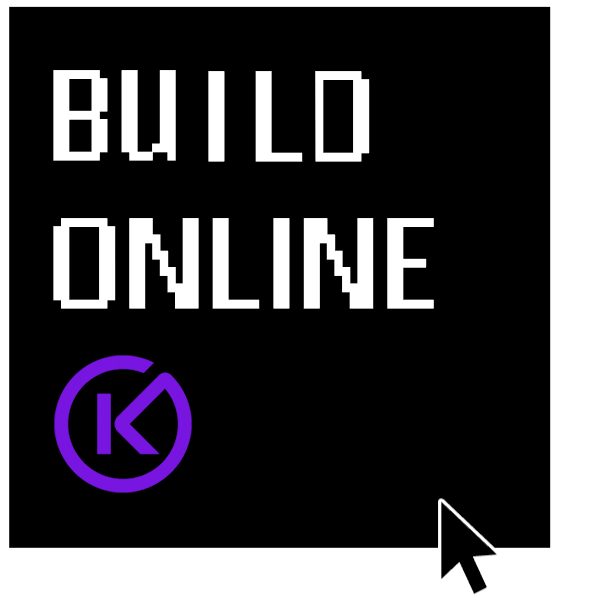
Customization opportunities
BigCommerce is an excellent e-commerce website builder. It is very similar to Shopify but has a few more customization opportunities.
Shopify is a great platform for quickly building an e-commerce website. You can choose from various themes and customize them to your liking or create a completely custom design. Additionally, Shopify offers a wide range of features and functionality that will let you run your e-commerce business smoothly.
One big advantage to using BigCommerce is that they have a lot of features built into the platform that you would need to add to a Shopify store through apps if you wanted them, like their tax set-up. That means these features are free and instantly accessible. This can save you time and money when building your e-commerce website.
Not only is the interface intuitive, but it’s also exceptionally customizable. You can change everything from the colors to the fonts on your e-commerce website. In addition, essential features are easy to find and use. This makes Shopify an ideal platform for online store creation.
Easy-to-follow site navigation
Site navigation is easy to follow because it is straightforward. In addition, the navigation can be customized to fit the needs of each user, and it is mobile-optimized so that it will look good on any device.
You can set up a Stripe account to accept more payment methods. This will allow your customers to pay with the most comfortable method. Additionally, make sure that your site navigation is easy to follow. This will keep customers on your page longer and increase the chances of purchasing something from you.
There are two payment plans for e-commerce websites- monthly and annual. Monthly plans are more expensive, but the annual plan saves you money in transaction fees. All payment plans include a transaction fee, a percentage of the total purchase price.
Make sure that your checkout is redirected from your domain. This will help keep customers on your site and make purchasing them easier.
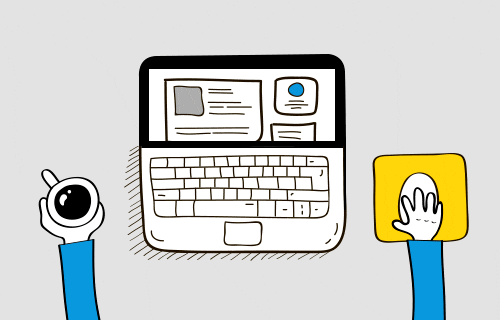
Unique user experience
User experience (UX) is the user’s overall experience when interacting with a product. This includes everything from the initial impression to the post-purchase satisfaction. Creating a good UX is essential to keeping users happy and ensuring a positive experience with your website or product.
First and foremost, user experience can be measured by assessing the basic UI components- how easy it is for the user to navigate your website, find what they are looking for, and complete a purchase. Customizing opportunities- such as personalizing the homepage or providing unique product recommendations- can help improve the user experience. Finally, performance metrics such as page load time or conversion rate can help measure your e-commerce website’s performance.
A poor user experience may result from using an e-commerce platform that is not UX-friendly. This can cause customers to abandon their purchases and negatively impact your business. Make sure you choose a beautiful and easy platform to use.
Design Differences Between B2C and B2B E-commerce Sites
Regarding e-commerce website design, there are two main types of sites: those that cater to businesses (B2B) and those that cater to consumers (B2C). While the goals of these websites vary, there are some key design differences between the two. For example, B2B e-commerce sites typically focus on creating a streamlined buying process, while B2C sites create an engaging websites for shopping experience.
Regarding e-commerce website design, the priorities of B2C and B2B companies differ greatly. For B2C companies, brand awareness is the top priority, while lead generation is the top priority for B2B companies. This is because the goals of these two types of businesses are different: B2C companies are looking to make a profit by selling products to consumers, while B2B companies are looking to make a profit by selling products to other businesses. As a result, B2C companies typically focus on creating a website that is attractive and easy to use. In contrast, B2B companies focus on creating a functional website and providing the information that potential customers need.
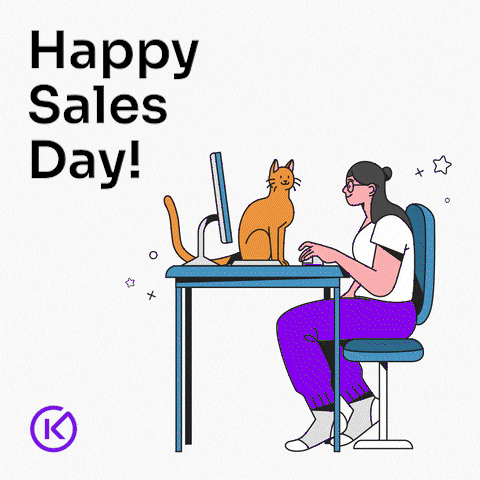
When designing an e-commerce website, it’s important to understand the difference between B2C (business-to-consumer) and B2B (business-to-business) customers. Your design should be tailored to your target audience, and you should choose the right selling platform online for your business. BigCommerce is a good option for both B2C and B2B businesses.
Interestingly, despite the differences in design, there are similarities between the most successful B2B and B2C e-commerce websites. These retailers have well-designed stores that are heavily optimized for customer conversion. In addition, they offer a great user experience, which is critical for e-commerce success.
There are some general design principles that you can follow to create an effective e-commerce website. However, it is important to remember that the design of your e-commerce site will differ depending on whether you are targeting consumers (B2C) or businesses (B2B). In this article, we will look at some of the key design differences between B2C and B2B e-commerce websites.
Customer intent
When businesses make a purchase, it is typically for a different reason than when consumers purchase. Businesses are looking to fulfill a need, whereas consumers are looking for something to fulfill their desires. Understanding the underlying motivations behind customer needs is essential to creating successful marketing and sales strategies.
B2C e-commerce sites heavily rely on conversion rate optimization tactics to sway purchase decisions. This is done by taking advantage of certain biases that customers have. For example, adding a “buy now” button or increasing the visibility of the “add to shopping cart” button will cause more customers to buy the product.
Purchase process
To purchase a plan, visit the website and choose between the basic plan and the professional plan. The basic plan has fewer features but is more affordable, while the professional plan includes more features but is more expensive.
The professional plan offers more than the basic plan when it comes to features. For example, you get a 14-day free trial, unlimited products, and an in-house payment platform with a professional plan. However, you need to purchase a plugin app from their App Store to use Shopify’s features. This can be costly for businesses, so it’s important to weigh the pros and cons of each app before making a purchase.
Go to the Shopify website and click on the “Buy Now” button to purchase a plan. You will be asked to enter your store’s information and select a plan. After choosing your desired plan, click on the “Continue” button and follow the instructions to complete your purchase.
After reviewing the terms of service, the customer clicks on “I Agree” to continue. Next, they click on “Continue to Payment Details” to add their payment information. This page will show different payment methods, and depending on the customer’s location, and they may see a variety of options.
After clicking on “Submit Order,” your order will be processed, and you will receive an email confirmation with your subscription details. This will include the start date of your subscription, the type of subscription you purchased, and other important information.

User experience
User experience is important for both B2B and B2C shoppers because it affects how likely customers are to return to a site, whether they’ll recommend the site to others, and how much money they’re willing to spend on the site. Improving user experience can be as simple as making sure all your pages are responsive and easy to navigate or as complicated as overhauling your entire design.
It is important to understand the different types of users to understand the design differences between B2B and B2C e-commerce sites. For a business-to-consumer site, the user is looking for convenience and personalization. They want a streamlined process with easy checkout and relevant product recommendations. In contrast, business-to-business users are looking for more specific information. They need detailed product specs, comparisons between products, and contact information for customer service. Therefore, the user experience on these two types of websites is vastly different.
To provide a good user experience, it is important to understand that buyers’ purchase processes and intent in both markets are different. In the B2C market, users are often looking for a one-time purchase or something they need right away. They are not as likely to be researching multiple options before deciding. In contrast, B2B buyers are more likely to be researching their options and may even have pre-determined requirements before contacting a supplier. As such, the user experience on a B2B e-commerce site must account for these differences.
E-commerce websites are a great way to increase the business of an offline company. An e-commerce website is easy to set up and maintain, which can be done by any person with the right knowledge. A great way to start an online business is by building a website that sells products or services and then finding buyers, either locally in your community or through advertising on other sites.
- Automate Income: Discover Best Automated Business Ideas - September 6, 2024
- E-commerce Websites: How To Build A Successful Online Business - May 21, 2022
- Building an Organic Traffic Strategy: How to Drive the Organic Traffic of Your Online Store - May 14, 2022




